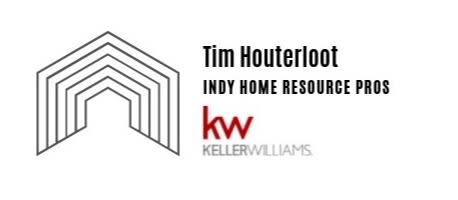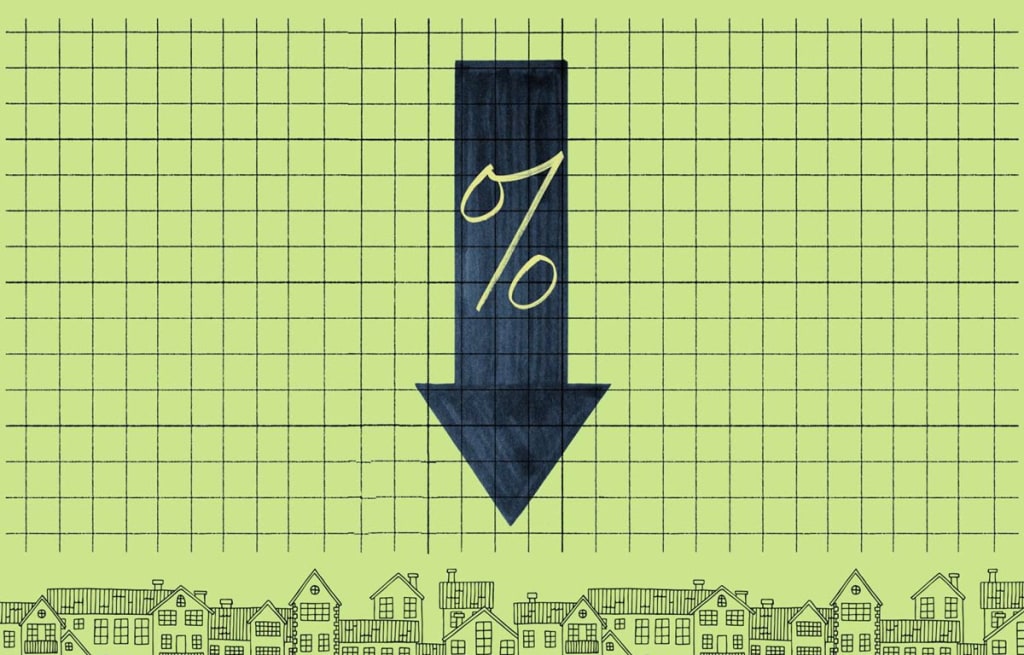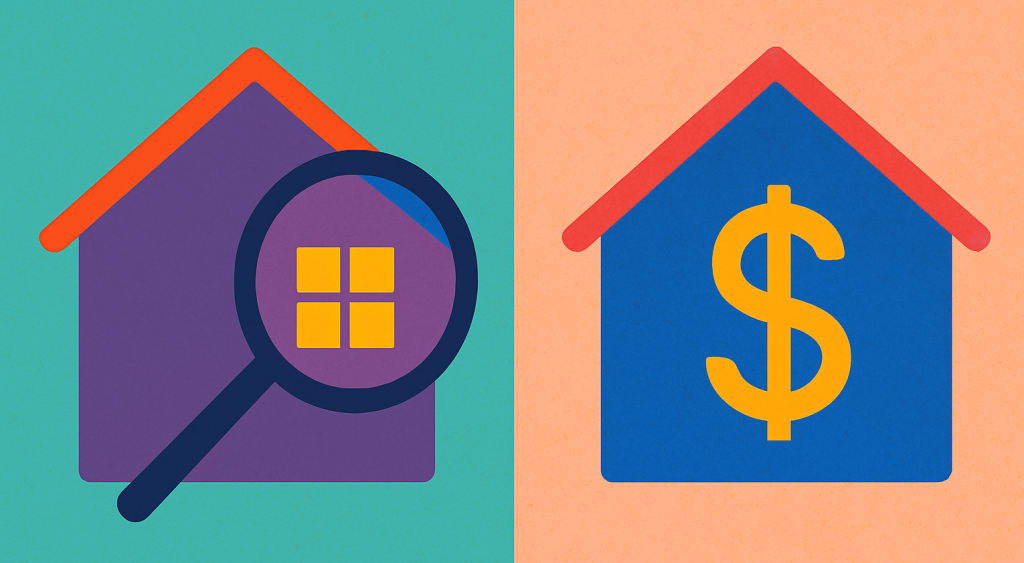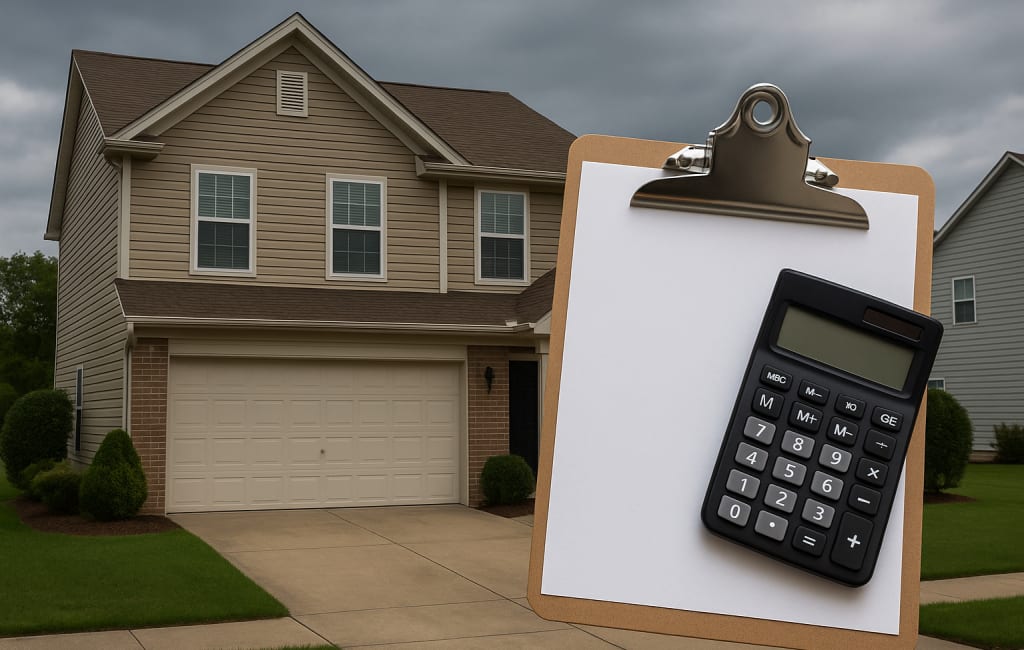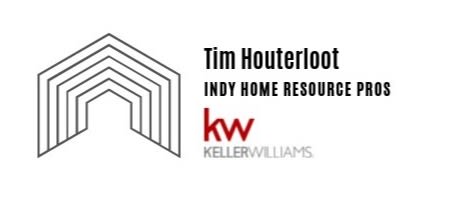The Indiana housing market is showing promise this fall, with September 2024 seeing a rise in home sales, driven by favorable interest rates, increased inventory, and a strong employment environment. However, prospective buyers and sellers should recognize that current trends can be short-lived or mark a more lasting pattern, depending on the broader economic landscape and local market dynamics.
Sales Trends and Inventory Growth
In September, statewide closings reached 6,705, marking a 1% increase compared to the previous year. New pending sales are also up by 6%, which signals a positive shift in buyer demand. Inventory is a big part of the story, with September seeing an average of 14,763 daily listings. This is the sixth consecutive month with at least 20% more homes available compared to 2023, giving buyers a wider range of options.
However, it’s crucial to keep in mind that real estate trends can vary widely across communities. While statewide trends may suggest a more favorable buying environment, individual communities in Indiana can differ significantly in terms of demand, inventory, and pricing flexibility. Buyers should look closely at local markets rather than relying solely on statewide data.
Median Sale Prices Dip as Buyers Leverage Higher Inventory
With more homes on the market, Indiana buyers have been able to negotiate lower prices. September’s median sale price dropped to $260,000, with offers averaging about 96% of the original list price, down slightly from 97% in 2023. But it’s essential to remember that trends like these can shift. The inventory increase we’re seeing now may not last indefinitely, and the extent to which it benefits buyers could vary by region.
Mortgage Rates and Employment Impact
Although mortgage rates have been relatively stable, it’s important not to be misled by headlines suggesting they’re steadily declining. The story is more complex: while rates in September were lower than the previous year, they’ve edged upward in early October as inflation data remains mixed. A strong employment report, however, has kept rates from spiking sharply, which has helped keep buyer interest steady.
Mortgage rate trends can also be “somewhat” misleading in the context of timing a home purchase. While rates might seem to be leveling off now, the possibility of further increases remains. For anyone considering a purchase, tracking these fluctuations — along with the local market climate — is key for making an educated decision.
Seller Adjustments and Market Timing
In response to greater competition, many sellers have been adjusting prices to attract buyers. In September, nearly 47% of homes on the market had seen price reductions, and this figure reached 48% by mid-October. Homes are also staying on the market longer, averaging 15 days in September (up from 10 in 2023) and 20 days as of October.
While these shifts may favor buyers, timing the market is not simple. Watching for signs of an inventory shift or rate change can help both buyers and sellers stay informed, but it's challenging to pinpoint a perfect “buy” or “sell” moment. Staying up-to-date on trends can help you make a more informed choice when the time feels right.
Key Takeaways for Buyers and Sellers
Whether buying or selling, consider that today’s patterns may not guarantee similar conditions in the coming months. For buyers, the increase in listings and price adjustments can create an advantageous moment — but it’s wise to keep an eye on potential shifts. For sellers, setting a realistic price and being open to adjustments is crucial in a market that’s currently more favorable to buyers.
Understanding both the macro and local trends will empower you to make an educated decision, despite the ever-changing landscape of the Indiana housing market.
Tim Houterloot

